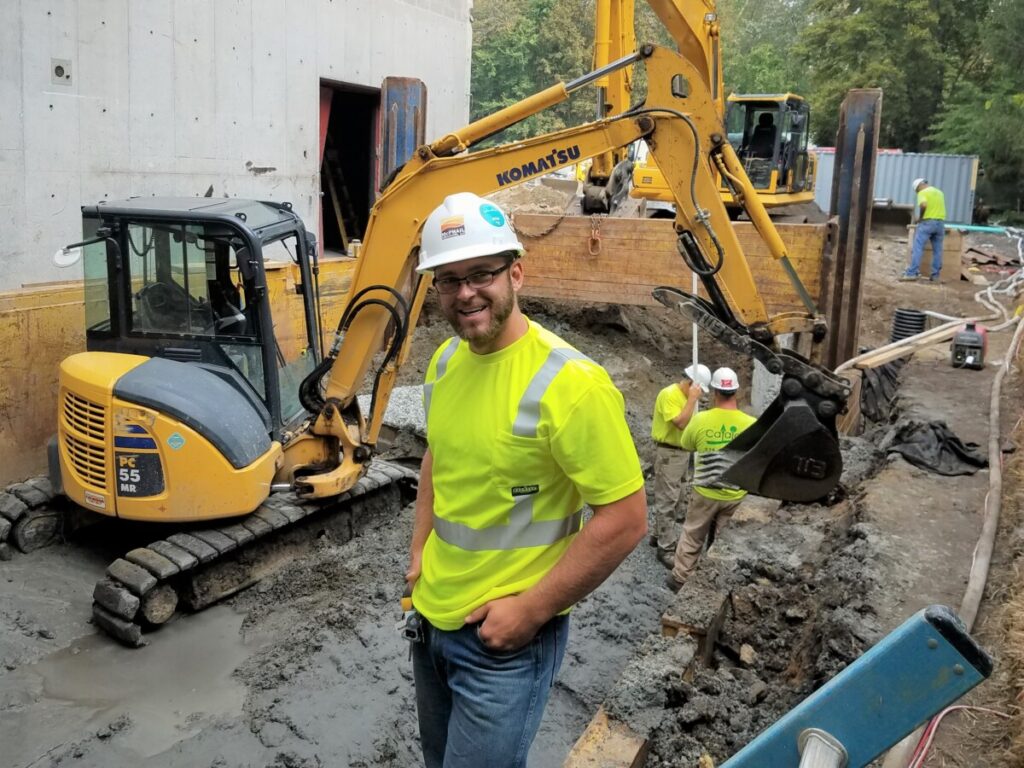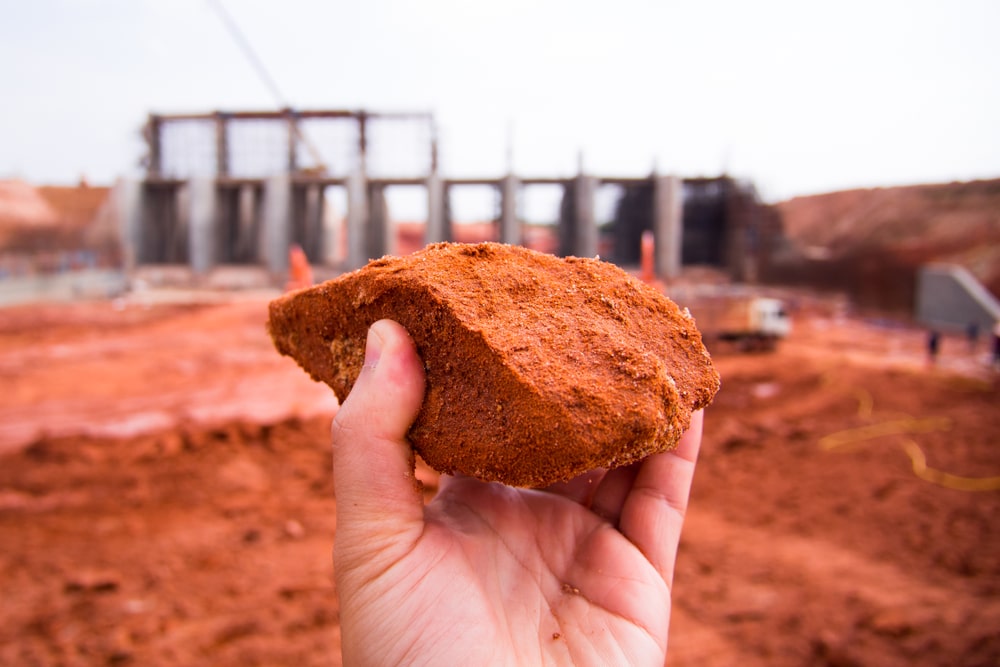The Necessary Payments of Geotechnical Engineers in Evaluating Soil Habits and Foundation Design for Lasting Facilities Development
Geotechnical engineers work as a foundation in the realm of sustainable infrastructure advancement, where their proficiency in evaluating soil habits straight influences the safety and security and longevity of frameworks. By employing advanced methods such as Typical Infiltration Examinations and Cone Infiltration Screening, they thoroughly evaluate soil buildings, bring about informed decisions on structure design. These analyses not only alleviate dangers connected with differential negotiation but also lead the way for innovative, environmentally mindful methods. As we discover the important function they play, the ramifications of their payments elevate crucial concerns about the future of framework resilience and sustainability.
Duty of Geotechnical Designers

In enhancement to site examinations, geotechnical engineers review possible threats such as dirt liquefaction, incline stability, and groundwater issues. They apply sophisticated engineering concepts to develop services that mitigate these dangers, making certain that styles adhere to pertinent codes and standards. Their work frequently entails collaboration with other engineering self-controls, engineers, and environmental researchers to create incorporated methods to facilities growth.
Moreover, geotechnical engineers contribute to sustainable techniques by advertising the use of products and approaches that lessen environmental effect. Via their comprehensive understanding of soil technicians and geology, they play an important function in promoting risk-free, resistant, and lasting facilities that fulfills the requirements of culture while safeguarding the atmosphere.
Dirt Actions Assessment Methods
Recognizing dirt behavior is essential to notified decision-making in geotechnical design, as it straight influences the style and building processes. Numerous assessment techniques are used to assess dirt residential properties, guaranteeing precise predictions of its efficiency under various loading problems.
One key technique is the Typical Penetration Test (SPT), which provides insights into soil density and uniformity via the resistance run into throughout infiltration. Similarly, Cone Penetration Screening (CPT) uses a continual account of dirt stratification and in-situ stamina criteria, making it possible for an extra detailed understanding of subsurface conditions.
Research laboratory examinations, such as Atterberg restrictions, unconfined compressive strength, and triaxial tests, are essential for characterizing dirt habits under controlled conditions. These tests help with the determination of critical criteria, consisting of shear leaks in the structure, compressibility, and toughness.

Foundation Design Concepts
Structure style principles are important for guaranteeing the stability and durability of structures, as they dictate exactly how tons are transferred from the superstructure to the underlying soil. These principles incorporate numerous factors to consider, including load-bearing capability, negotiation, and side security. A detailed understanding of dirt auto mechanics is necessary for geotechnical engineers to assess the interaction between the structure and the dirt.
One trick principle is the appropriate option of foundation kind, which might include superficial structures, such as spread footings, or deep structures, like caissons or heaps, depending on soil conditions and architectural tons - geo tech engineering. The structure should be designed to minimize differential negotiation, which can lead to architectural damage

Lasting Framework Practices
Just how can we successfully integrate sustainability into framework methods? Sustainable framework methods start with detailed site analyses, which assess soil actions, local ecosystems, and source availability.
Additionally, employing cutting-edge building techniques, such as utilizing recycled materials and low-impact structures, substantially decreases the carbon impact of facilities jobs. Geotechnical designers play a pivotal function in selecting proper materials that boost toughness and sustainability, such as using geo-synthetics to enhance dirt stability and minimize disintegration.
On top of that, lasting framework more info here methods require continuous monitoring and upkeep to guarantee that structures remain resistant gradually. This includes applying adaptive administration strategies to address prospective ecological changes. Collaboration amongst stakeholders-- consisting of designers, local communities, and policymakers-- is vital for incorporating sustainability goals into project planning and implementation. Inevitably, these techniques not just contribute to the longevity of frameworks yet also promote a healthier environment, aligning facilities growth with wider sustainability goals.
Study and Applications
Study in geotechnical engineering offer valuable insights right into the functional applications of dirt habits and sustainable infrastructure techniques. One remarkable instance is the building of the Burj Khalifa in Dubai, where comprehensive soil screening and evaluation were carried out to assess the unique obstacles presented by the region's loose sand and high water table. Geotechnical designers utilized advanced methods such as dynamic penetrating and cone penetration screening to figure out the soil's load-bearing capability, ultimately leading to the style of a deep structure system that supports this renowned structure.
An additional crucial situation is the removal of the San Francisco-Oakland Bay Bridge after the 1989 Loma Prieta quake. Geotechnical analyses exposed the demand for soil stabilization techniques, including grouting and dirt nailing, to enhance the seismic strength of the structure. These treatments not only enhanced the bridge's safety yet also added to its durability and sustainability.
Such instance research studies exhibit exactly how geotechnical engineers play a crucial role in recognizing soil habits and using ingenious services to make sure the structural stability and sustainability of framework projects. geo tech engineering. Their competence is essential in attending to the facility challenges presented by different dirt conditions across diverse geographical areas
Final Thought
Finally, the payments of geotechnical engineers are crucial for the evaluation of soil habits and the style of foundations, which are vital for sustainable framework growth. With the application of advanced testing methods and ingenious products, these specialists ensure the stability and safety of structures while decreasing environmental impacts. The combination of sustainable methods promotes durability in facilities jobs, highlighting the relevance of cooperation among stakeholders to achieve effective building options that satisfy both environmental and societal needs.
Geotechnical engineers serve as a cornerstone in the realm of lasting framework growth, where their expertise in assessing dirt actions directly influences the safety and longevity of frameworks.Geotechnical designers play a critical duty in the style and building of facilities by assessing dirt and rock actions to make sure stability and safety. A comprehensive understanding of soil technicians is necessary for geotechnical industry geotechnical engineers to assess the interaction in between the soil and the structure.
Geotechnical evaluations revealed the demand for dirt Your Domain Name stablizing strategies, including grouting and dirt nailing, to improve the seismic resilience of the structure.In final thought, the contributions of geotechnical designers are important for the evaluation of soil actions and the style of foundations, which are crucial for sustainable infrastructure development.